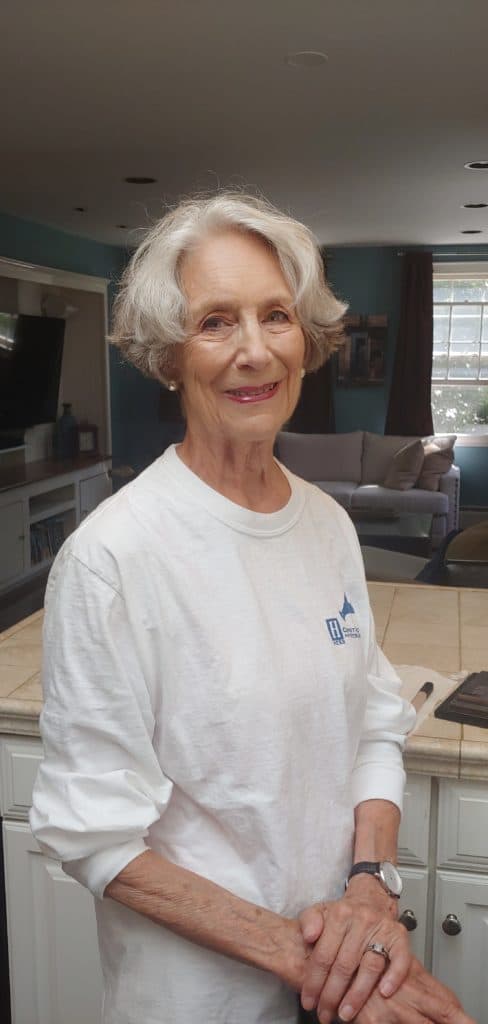New York Times behandelt de ‘eenzaamheid’ van FTD

A New York Times article published November 7 depicts the effects of FTD on persons diagnosed and their care partners through the story of AFTD volunteer Sandy Karger (hierboven afgebeeld) and her husband Bob, who is living with FTD.
In the article, author Sara Manning Peskin, M.D., a fellow in cognitive neurology at the University of Pennsylvania, describes Bob’s FTD journey – putting into words the progression of symptoms that led to his diagnosis in 2007 by Dr. Murray Grossman. The article includes comment from Dr. Grossman, who is the director of UPenn’s Frontotemporal Dementia Center and a member of AFTD’s Medical Advisory Council, about the emerging science around FTD and genetics.
Peskin also describes her visit to the support group Sandy co-facilitates for FTD care partners, offering a firsthand perspective into the toll this disease takes on those learning to navigate its challenges.
“The support group is helpful, because this can be a very lonely thing,” Sandy says in the article.
Klik hier to read the full article on the New York Times’ website. It offers a unique perspective into living with FTD, for both persons diagnosed and care partners, and we encourage you to share it on social media to help raise awareness.
Per categorie
Onze nieuwsbrieven
Blijf geïnformeerd
Meld u nu aan en blijf op de hoogte van het laatste nieuws met onze nieuwsbrief, evenementwaarschuwingen en meer...
